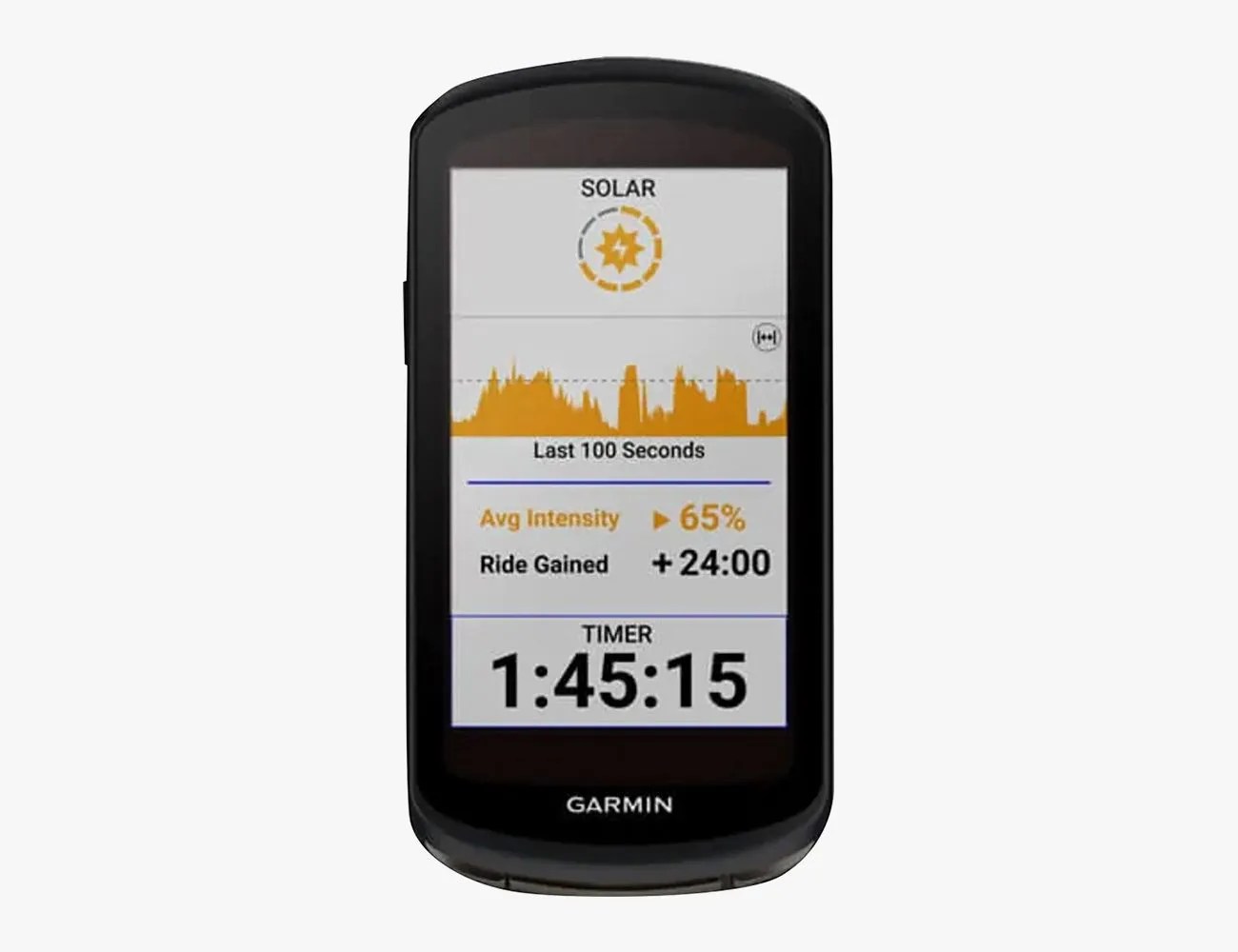When I started riding a road bike in a serious way, I was a full-on Fred. I hopped on a borrowed road bike, donned some ill-fitting spandex shorts and decided that riding 60 miles in one day was a simple task that any former athlete could complete without an issue. Unfortunately, cycling is extremely difficult and I spent the day wishing a steak sandwich would manifest itself in front of me. Instead, I borrowed a couple of chocolate chip Clif bars and limped to the line with a new respect for the athletes of the Tour de France.
Much to the chagrin of my more responsible, even-keeled friends, this brutal day on the bike wasn’t going to dissuade me — the suffering that inherently exists in cycling had me hooked. I quickly bought my first road bike, copped some clipless pedals and never looked back.
This was over 15 years ago. Since then, I’ve owned at least four road bikes, multiple mountain bikes and three or four commuter bikes. I’ve ridden my local century, competed in Leadville 100 qualifying races and even took on a steam train in a race from the Grand Canyon to Williams, Arizona. The only piece of equipment I’ve consistently used over the years? A GPS unit. After all these years and a handful of GPS bike computers, I’ve finally found the end-all-be-all GPS unit for cycling — the Garmin Edge 1040 Solar.
A GPS unit or bike computer is essential for getting the most from training and racing on the bike, providing essential statistics that not only help you keep track of your time and distance but ensure that you know your heart rate, cadence, effort and so much more. The Garmin Edge 1040 has covered all of this and more, making it the last unit you’ll likely ever want to buy. After many miles together, here’s what I think of it.
 Competitive Cyclist
Competitive CyclistEdge 1040 Solar GPS Bike Computer
Pros
- The most comprehensive device on the market
- Impressive GPS navigation
Cons
- Costs an arm and a leg
- Tough to get dialed in






